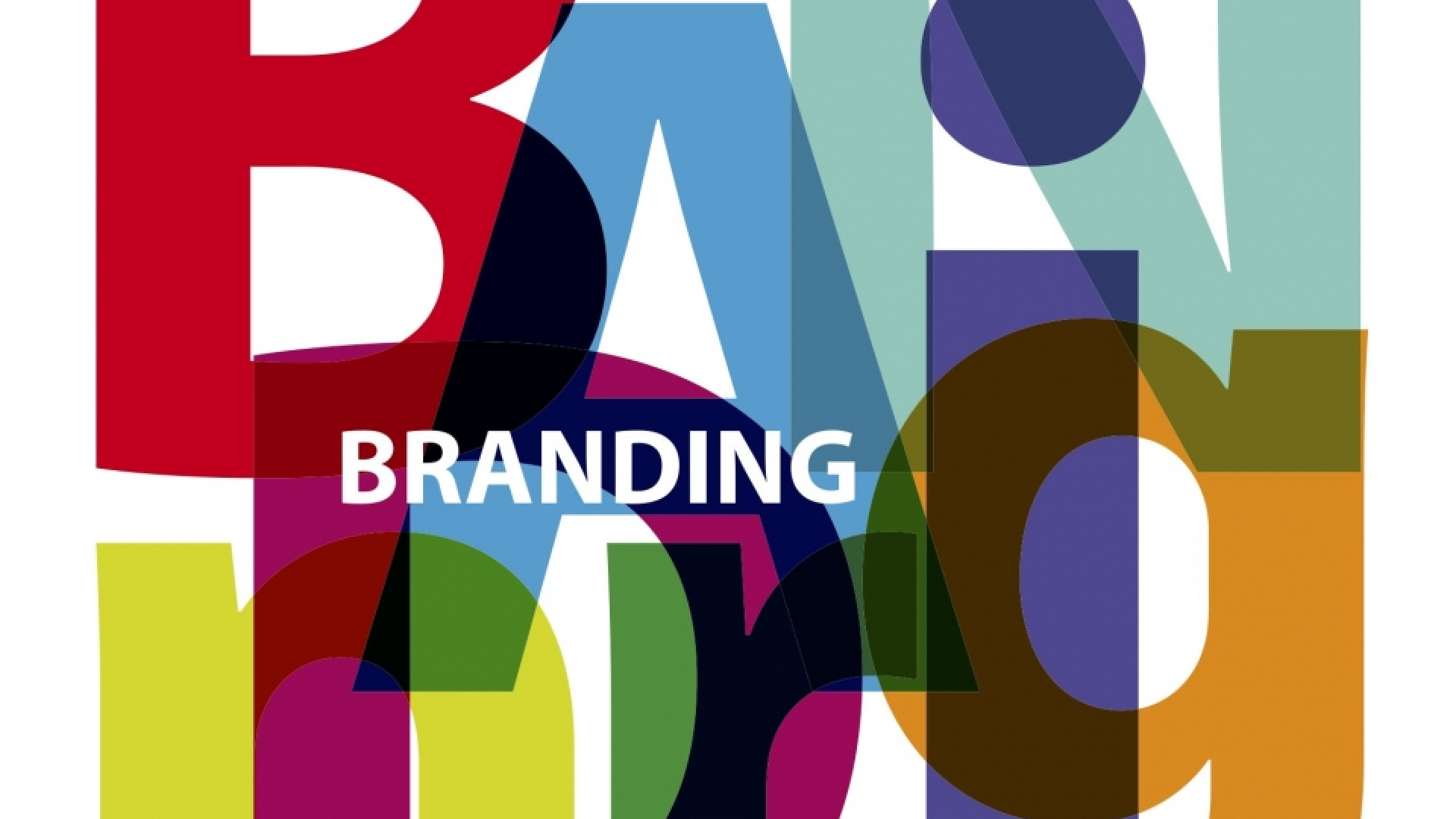Despite the fact that I deal with the term ‘brand’ on a daily basis, the irony is that I have a love/hate relationship with the word. And that’s because whenever a client uses the word, I have to stop them and ask them what they mean when using it because it means so many things to so many people. Do they mean their logo? Do they mean the brand colour? Do they mean the customer experience? Or are they using the word in the fullest sense of what I like to think the word really means – in Jeff Bezos’ words: “what people say about you after you leave the room”.
And there are so many nuances within all that. So let’s have a look at some of the branding terms that get bandied about and define what they mean, how they describe slightly different things, and where they sometimes overlap:
Brand Equity
This is the commercial value of all associations and expectations that people have of a brand based on all their experiences with, and perceptions of, the brand over time. That sounds very academic, but think of it as the reservoir of goodwill that a brand can rely on, as long as the reservoir remains full. If people think highly of a brand, it enjoys positive brand equity, but when a brand consistently disappoints enough for people to talk about avoiding it, then it has negative brand equity.
The great thing about positive brand equity is that a company can charge more for a product under that brand; or introduce brand extensions so that the company can sell a wider range of products under that brand.
Brand Image
Brand Image is the sum total of perceptions resulting from all the experiences and knowledge someone has had of the brand. It is the impression of the brand in a consumer’s mind.
Brand Associations
Anything a consumer brings to mind, consciously or unconsciously, when presented with the brand. These associations could be organisational, product related, symbolic or personified. They can include awareness, accessibility, value, relevance, differentiation, emotional connection, preference, usage, loyalty and vitality. For example, when somebody says KFC to me, I think of the colour red and an old southern American dude.
Brand positioning
This is the way the brand is perceived comparatively within a given competitive set in the consumer’s mind. So it's all relative - a relevant differentiation is the most important aspect of brand positioning because it allows your brand to ‘own’ a distinctive position within your target customer's head.
The brand’s Brand Position should be a function of the brand promise, and may relate to quality, innovation, leadership, value, prestige, trust, safety, reliability, performance, convenience, concern for customers, social responsibility, technological superiority etc.
Brand Essence
This is the heart and soul of the brand – a brand’s fundamental nature or quality, usually stated in two to three words. It’s often emotional and intangible and so speaks to the heart more than the head. Examples include Nike (‘Innovation and inspiration’), Southwest Airlines (‘Freedom’) and Volvo (‘Safety’). This is powerful stuff!
Brand Promise
Sometimes called a Brand Value Proposition, a Brand Promise is your brand telling the world what to expect from it. It states the differentiated benefits that are relevant and compelling to your consumer – they can be functional, experiential, emotional or self-expressive.
Brand Personality
Basically, it’s a bunch of adjectives that describe the brand, such as fun, kind, safe, sincere, sophisticated, cheerful, old fashioned, reliable, progressive etc. It’s something to which the consumer can relate because, more often than not, it’s a set of human characteristics attributed to a brand name.
Brand Identity
This is where we get a bit closer to the stereotypical 'brand = logo' ignorance. Your Brand Identity is a combination of sensory components that create recognition and represent the brand promise, such as what it looks like, what it sounds like, and sometimes, even what it smells like (think Peter Alexander or Lush retail stores).
Brand Portfolio
The mix of brands and sub-brands owned by an organisation. These brands can sometimes be related in a ‘branded house’ configuration with overt connections to each other, and, conversely, they can be part of a ‘house of brands’ where the various brands aren’t obviously related to each other at all. Basically, when you’ve got a handful of different brands or sub-brands, you need to start thinking about how they relate to each other or not. And most likley what you’ve currently got is some degree of chaos brought about by the legacy of past management decisions, some acquisitions along the way and some competitive realities involving strong brand equity situations that you dare not meddle with. And that’s where some ‘Brand Architecture’ planning can prove life-changing. See below.
Brand Architecture
Brand architecture is a system that organises how a family of brands relate to one another. It indicates how many levels of hierarchy there are, which brands sit at which level in the hierarchy, which relate as brand/sub-brand, and which remain independent of each other.
And that's a good place to end, as Brand Architecture opens the door on another whole raft of branding jargon which we can perhaps take a look at when we’ve all had a lie down and a cup of tea. In the meantime, hopefully the above list and descriptions will help you separate the different notions in your mind, so that when we talk, we're talking the same lingo.

